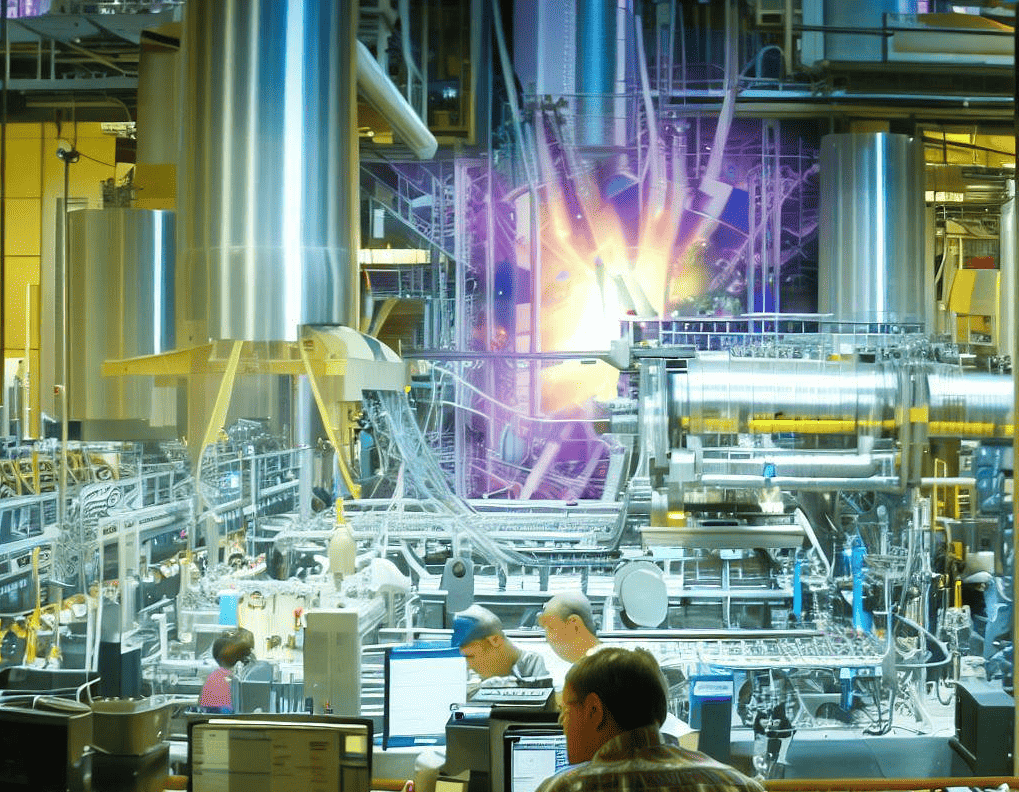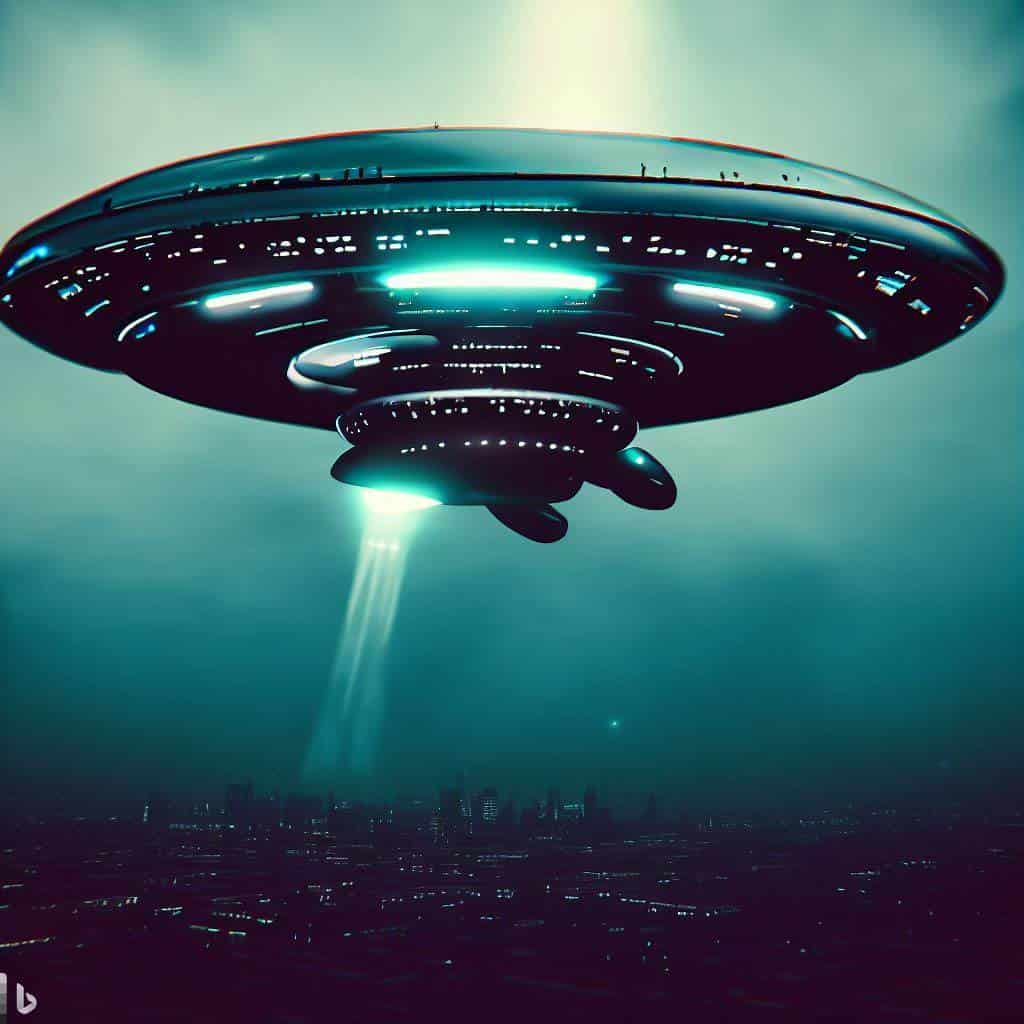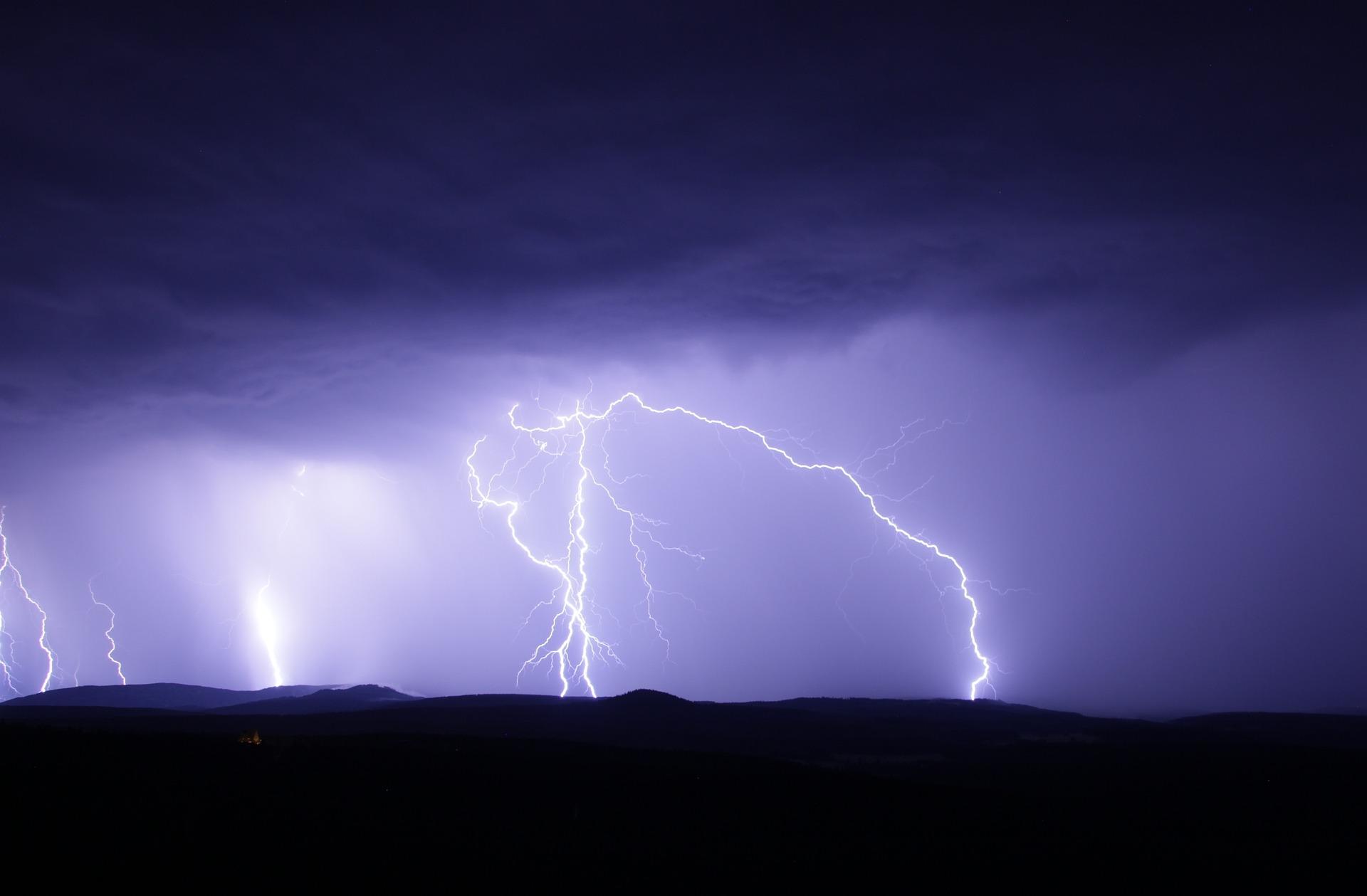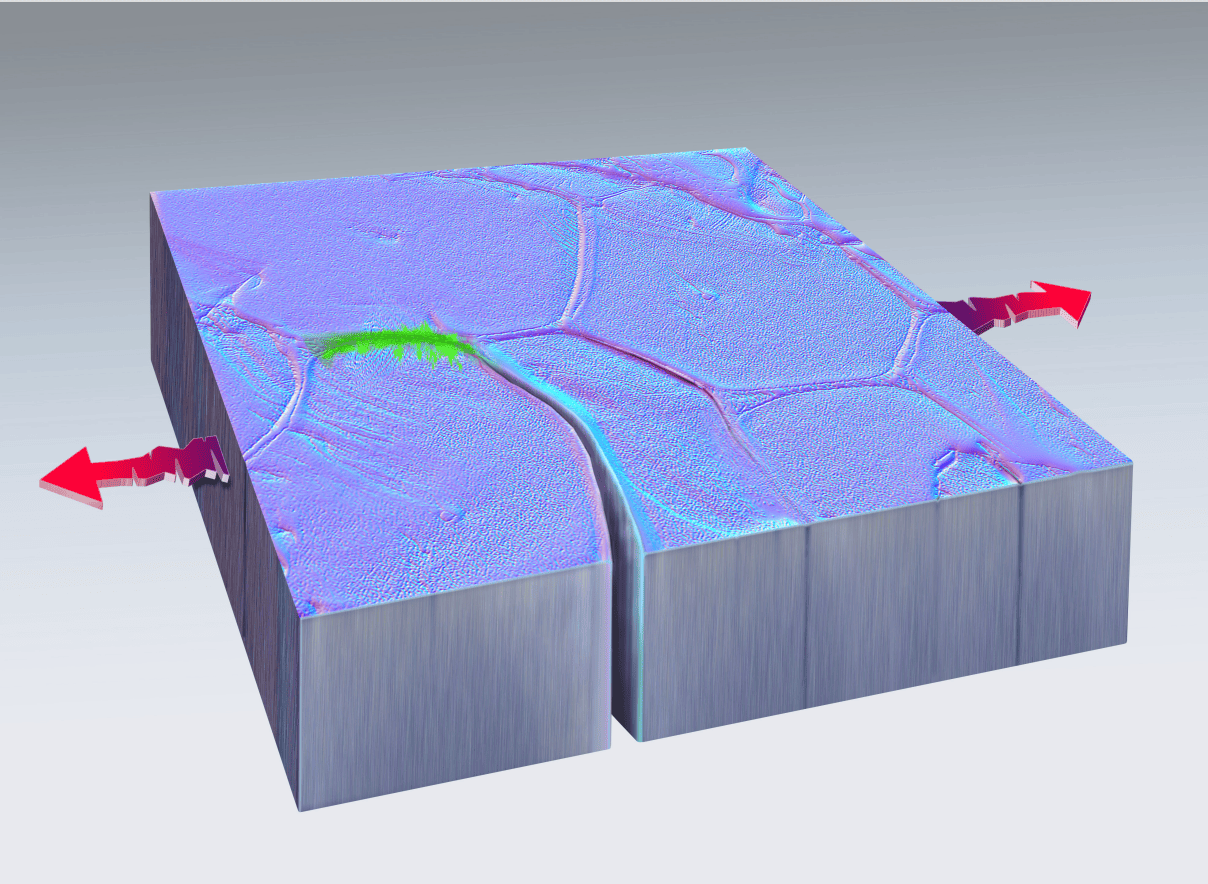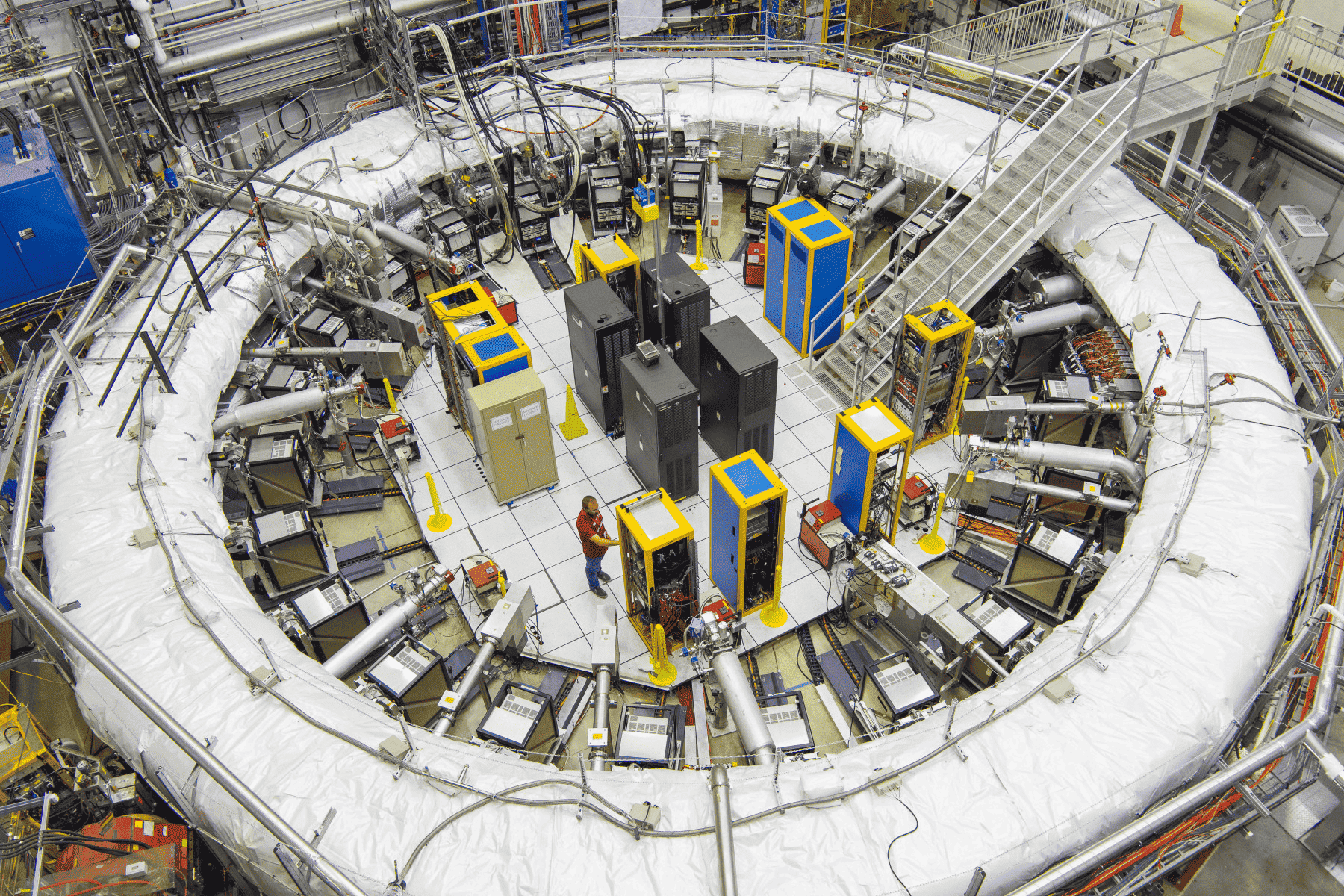
A groundbreaking discovery in particle physics has been reported, with researchers achieving the most precise measurement of the magnetic moment of the muon, a fundamental particle akin to an electron but 200 times heavier. This achievement, a result of the international collaboration of the Muon g-2 experiment at the Fermi National Accelerator Laboratory in Chicago, has thrown open the doors to the potential existence of an as-yet-unidentified fifth force of nature.
The unexpected ‘wobble’ in the muon’s behavior in the magnetic field, not aligning with the predictions of the current standard model, suggests the tantalizing possibility of new subatomic phenomena or the existence of unknown particles. This discovery has also sparked the need for new theoretical ideas, potentially revolutionizing our understanding of the forces that govern the universe.
- Scientists recorded the most precise measurement yet of the magnetic moment of the muon, a fundamental particle.
- Scientists have been studying the ‘wobble’ or precession of muons in magnetic fields for years.
- By precisely measuring this characteristic wobble, scientists hope to gain insights into new subatomic phenomena.
Unveiling the muon’s mystery
Similar to electrons but approximately 207 times heavier, muons belong to the lepton group – a set of fundamental particles not made up of smaller particles. The muon creation occurs when particles in the Earth’s atmosphere collide with cosmic rays, such as high-energy protons and atomic nuclei. These particles exist briefly, for about 2.2 microseconds, before decaying into an electron and two types of neutrinos. However, due to their high speed, muons can travel significant distances before decaying, constantly bombarding the Earth’s surface and penetrating several miles below it.
Scientists have studied the ‘wobble’ or precession of muons in magnetic fields for years. The speed of this wobble, known as the magnetic moment, is influenced by the muon’s interactions with as-yet-undiscovered particles. Scientists hope to gain insights into new subatomic phenomena by precisely measuring this characteristic wobble and potentially uncovering new particles.

A search for new physics
Previous experiments at the Brookhaven National Laboratory in the US had reported a deviation from the theoretical predictions of the standard model of particle physics. The Muon g-2 experiment at Fermilab aimed to confirm and refine these earlier measurements. The most recent results from this experiment have confirmed the previous discrepancy, with an uncertainty of 0.2 parts per million. This precision is more than double the previous results, opening up new possibilities for exploring the fundamental interactions that govern the Universe.
However, these experimental results do not align with predictions from the current standard model, which accounts for four fundamental forces – the electromagnetic force, the strong nuclear force, the weak nuclear force, and gravity. This discrepancy suggests the potential existence of a fifth force of nature or unknown particles.
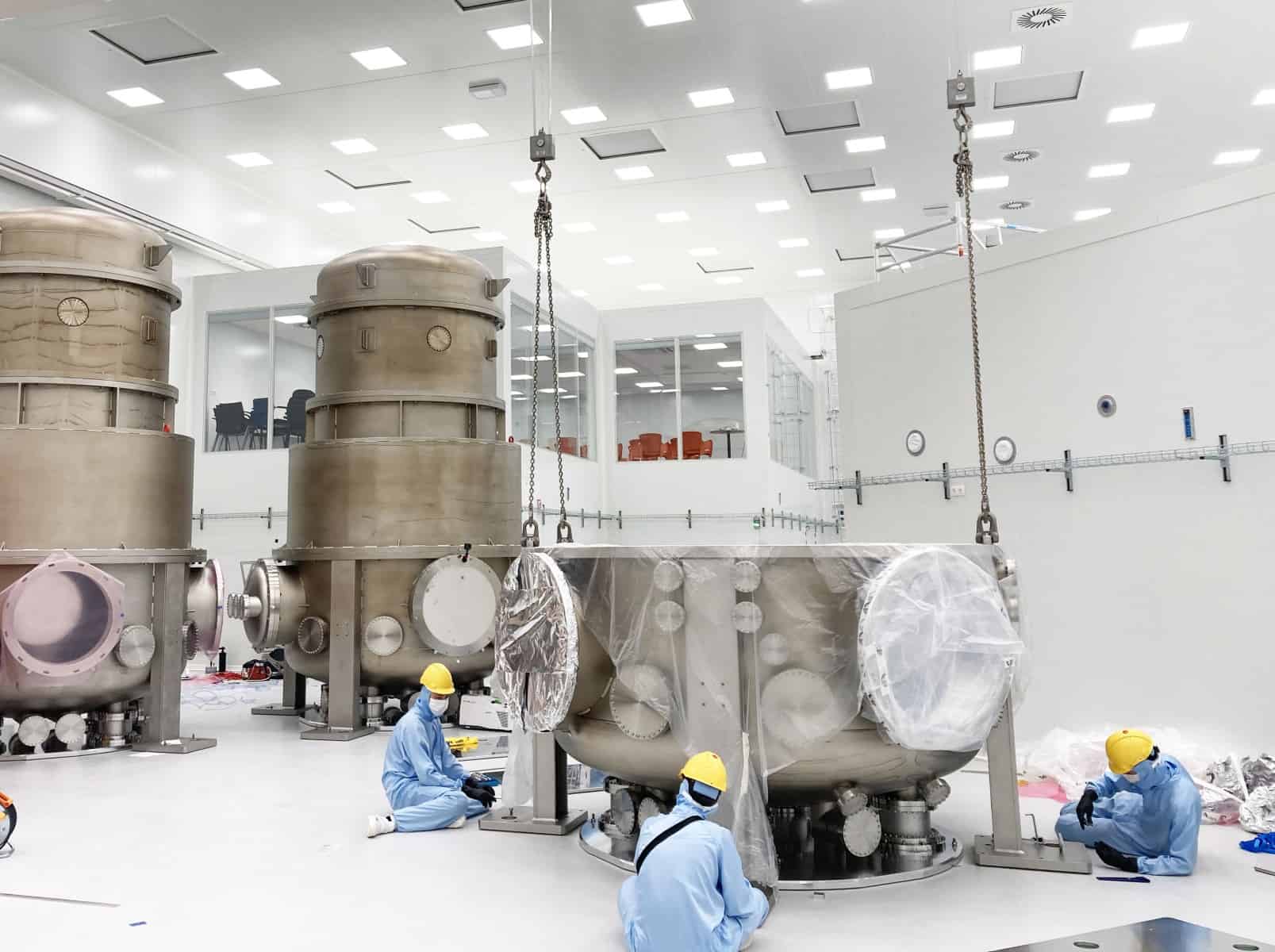
Implications and future directions
The Fermilab’s findings build upon previous work from Fermilab and the Large Hadron Collider, which have also hinted at the existence of a fifth force. While these results are intriguing and potentially paradigm-shifting, uncertainties remain. Dr. Mitesh Patel from Imperial College London told the Guardian that the theoretical prediction of the muons’ wobble frequency has become more uncertain, which could affect the interpretation of the results.
Despite these uncertainties, the precise measurement of the muon’s magnetic moment opens up exciting possibilities for exploring new interactions in the Universe and potentially discovering a fifth force of nature. As the Muon g-2 experiment continues to refine its measurements, with the final results projected to have an uncertainty of 0.14 parts in a million, scientists worldwide watch with bated breath.
The quest for a more comprehensive understanding of the fundamental building blocks of our Universe continues, and this groundbreaking achievement brings us one step closer to uncovering new physics and understanding the forces that shape our Universe.


